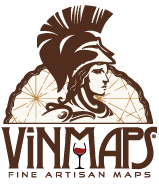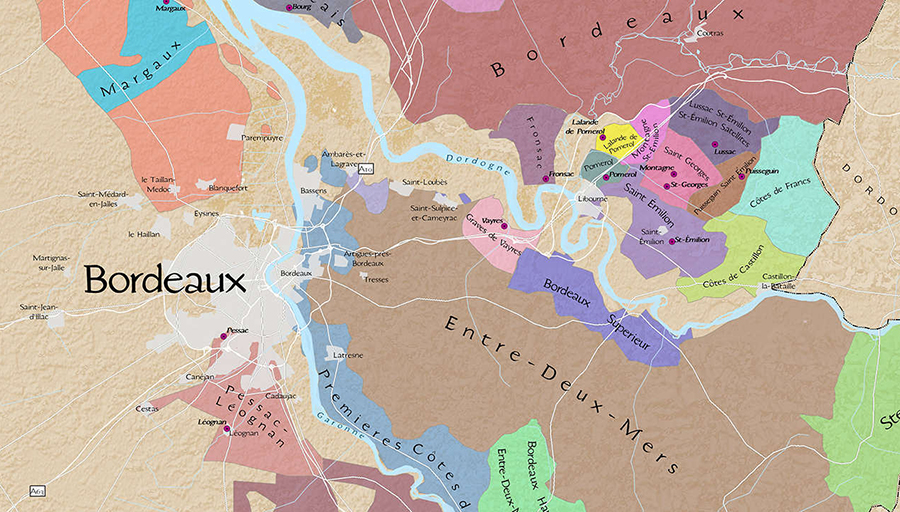Bordeaux’s history has ripened like its trademark Cabernet Sauvignon
The Bordeaux wine region is revered as a pinnacle of French viniculture. Cultivation of the reputed Bordeaux red blends is nourished by the Garonne river. The right and left bank of Bordeaux yield different blends and wine-making spheres.
Over three thousand vintners reside in Bordeaux, creating a spectrum of red blends. Each wine-grower alchemizes a mixture of Cabernet Sauvignon with a host of complimentary grapes–such as Merlot and Malbec–to create diverse flavor profiles. The left and right bank of the Garonne river accounts for differing wine-making practices.
Temperate weather and fecund soil sweeps across the Bordeaux region.
Combined with a historic market for trade, wine-making principles have mixed and melded across the centuries. Bordeaux’s celebrated wine, prior to the reputed red blends, were less refined white wine assortments. Historical tension and trade fueled Bordeaux’s wine industry for centuries. It was not until the twentieth-century that its expertise and variety of red and wine blends blossomed.
Boudreaux’s geography accounts for its status as a world-wide wine destination. The particular range of red blends is distinct to each side of the river. Since the nineteenth-century the Cabernet Sauvignon grape has developed a unique chemistry with Bordeaux’s vintners.
The Garonne river signifies Bordeaux’s historic trade affluence and charting of wine regions on both the right and left bank. Vintners established topographical boundaries in the early eighteenth-century in order to make trading more consumer friendly. Demarcating Médoc and Graves–the left portion of Bordeaux–from Libournais—or the right bank—instills the fruitful and vast Bordeuxian viticulture.
Médoc and Graves are composed of eleven thousand hectares. World-renowned communes flourish around the left bank that comprise roughly a tenth of the region. Robust red blends are famously produced from chateaux Saint-Julien and Pauillac. Médoc and Graves’ stately wine standards are more specialized than the neighboring shore.
It is certainly tricky not to simplify Bordeauxian wine.
A multitude of cutting-edge vintners dot the left bank of Bourdeaux. Vintners on the left bank offer a contrast to Médoc and Graves’ full-bodied red blends. Where the left bank’s red blends are sharp and refined, wine on the right bank is more congenial. Merlot is the prime blend in Libournais and often fermented for less duration. Libournais boasts vintage red wines with smooth notes as well as crisp white wines.

